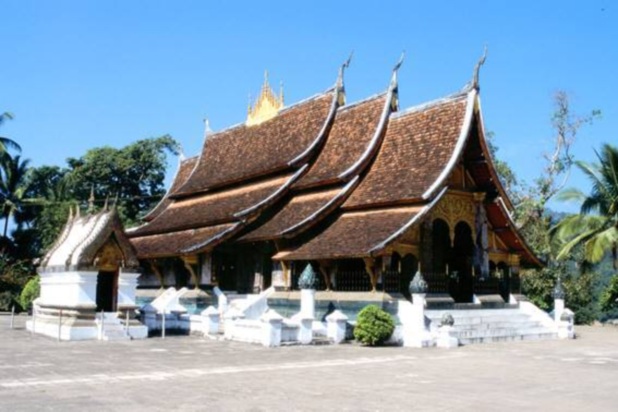UNESCO's Lifeline for Laos
As Luang Prabang, Laos' former royal capital of South East Asia becomes the latest addition to UNESCO world heritage sites, Cherry Barnett explores its significance.

A welcome blow for conservation has just been struck in South East Asia as Luang Prabang, Laos' former royal capital, becomes the latest addition to UNESCO's list of protected World Heritage Sites.
This means, amongst other things, that a total of thirty-four Wats (monasteries), and 111 civil buildings have been listed for preservation. In Luang Prabang these ancient Wats, dating back to the sixteenth century, exist alongside aristocratic buildings and more modest dwellings. Many are in the older part of the city, which occupies a peninsula dominated by Phousi Hill and runs parallel to the Mekong River – still the main transportation artery in this mountainous and landlocked country.





